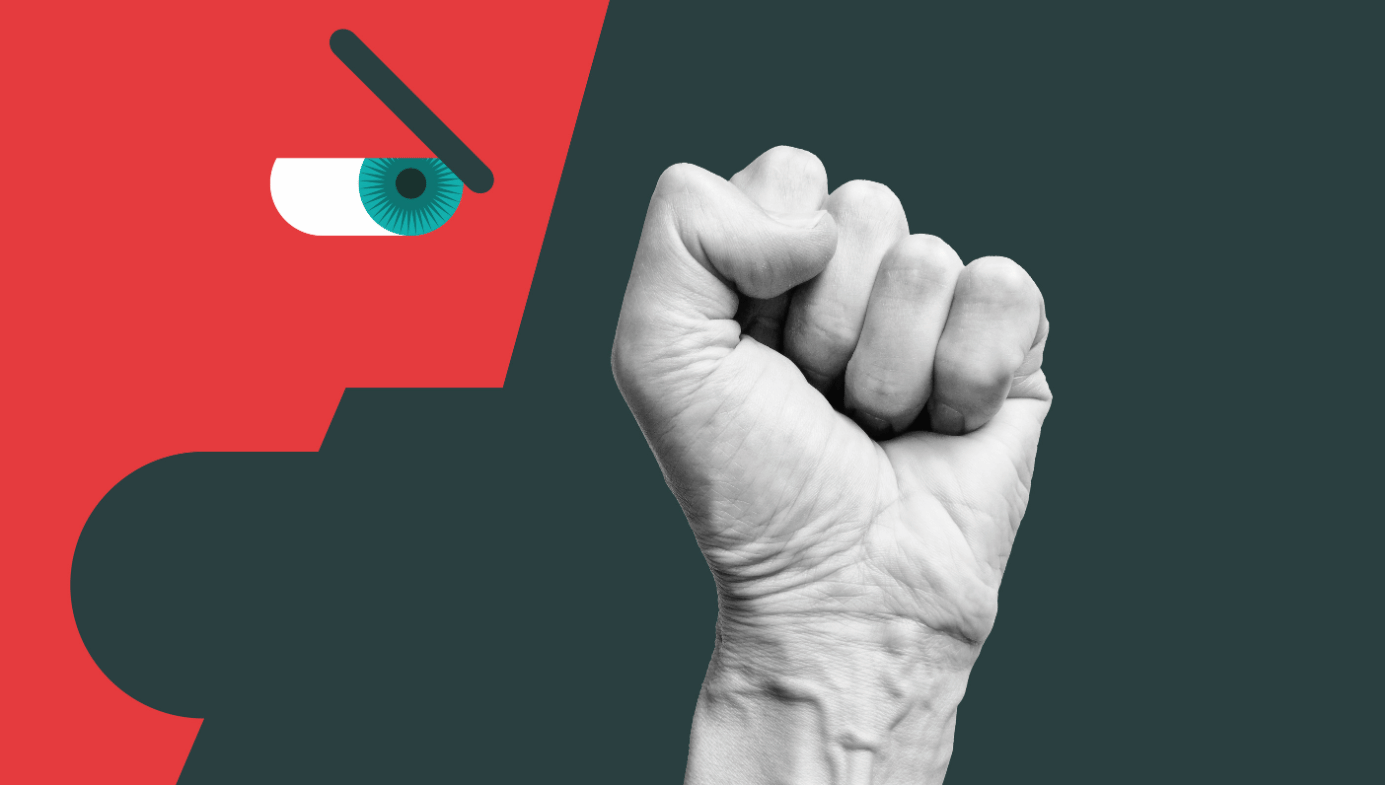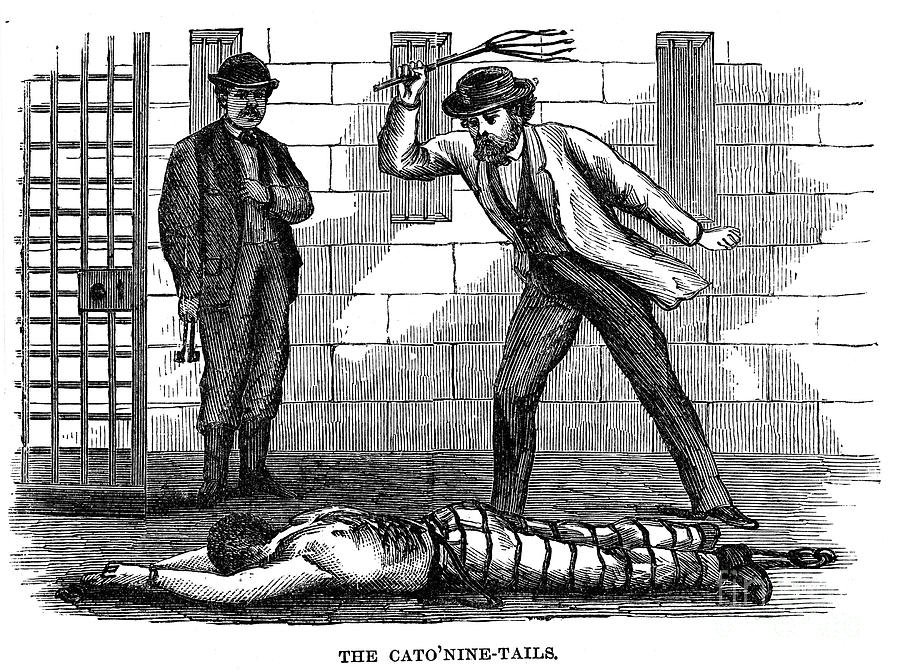Political Polarization
Talking Past Each Other: How Ideographs Hamper Mutual Understanding
If someone wants to start a diversity initiative at your child’s school, ask them how they define “diversity.” When someone demands a more inclusive workplace, ask them how they are using the word “inclusive.”

In their recent essay, “Americans Say They Like ‘Affirmative Action’ Yet Oppose Racial Preferences in College Admissions,” the Cato Institute’s Emily Ekins and Jordan Gygi note that when pollsters ask Americans if they support “affirmative action,” without defining what that means, a majority say that they do, but that “surveys that don’t use the phrase but rather describe what affirmative action is find most Americans oppose it.”
This discrepancy should be unsurprising to anyone who has studied communication theory. The term “affirmative action” is an “ideograph,” an abstract term of ambiguous meaning, which different people define differently, depending on their motives and goals. “Affirmative action” is just one of many ideographs that proliferate among political activists, causing much confusion. Ideographs are one of the main obstacles to productive communication, especially across cultural and ideological divides.
As Ekins and Gygi point out, many people view “affirmative action” as a positive thing. When polled, they assume they are being asked whether they support eradicating racial discrimination and ensuring that traditionally marginalized and excluded people are aware of the resources available to them. This was the original definition of the term and many respondents assume that this is what pollsters have in mind when they ask them if they support “affirmative action.”
However, to many other contemporary Americans, the term suggests a racial quota system designed to ensure that the racial make-up of any individual space reflects the demographics of society as a whole: that, for example, if black people are 13 percent of the population, they also comprise 13 percent of any given workplace or student body. This is a very different understanding of the concept of “affirmative action.”
When a person who defines affirmative action as “racial equality” encounters opposition to it from someone who defines it as a “racial quota system,” they may find themselves seemingly at odds. Actually, they may be simply talking past each other and might even agree if the meaning of the term were made clear. This demonstrates the importance of clear definitions. (Further confusion can ensue when an ideograph embodies more than two different definitions.)

Affirmative action is not the only ideograph fueling our current culture war. Take the terms “diversity,” “equity,” and “inclusion.” “Diversity” can be defined as both heterogeneity in general or as merely phenotypical heterogeneity (i.e., people of different races, skin colors, sexes, etc. who share a homogeneous outlook can be viewed as a “diverse” group, while people whose opinions differ wildly but who look similar might be seen as homogeneous). “Equity” can be thought to mean equality of opportunity or equality of outcome. “Inclusion” can mean inviting a wide variety of people to participate in a collaboration or it can mean excluding people from a majority group (e.g., white people) in order to center a minority or minorities (e.g., black people). Each term has two denotations that are direct opposites. Productive communication is almost impossible if we do not take into account the ideographic nature of these terms.
Sadly, some bad-faith actors—be they politicians, activists, administrators, or educators—are well aware of how ideographs work but count on the general public’s ignorance of this phenomenon. For example, they may encourage people to voice their support for “equity,” by which they mean “equality of outcome,” while knowing that those supporters are defining the term as “equality of opportunity.”
Using an ideograph can also facilitate the motte and bailey maneuver, whereby a person shifts from a widely accepted definition of a term to a more idiosyncratic definition that better serves their aims.
Robert Lynch has explored this practice in his essay “Unmasking the DEI Paradox.” As Lynch explains, a university might institute a policy that helps ensure fair hiring practices that are inclusive of people from different backgrounds. This is the motte, which, being rooted in basic principles like fairness and equal opportunity, is difficult to dispute. Who would argue against the importance of inclusion, equal opportunity, and mutual respect and tolerance?
The university might then execute a bait and switch, surreptitiously introducing the bailey—a more controversial claim, such as the need for preferences or quotas based on identity markers like gender or race. This could then lead on to the proposition that any disagreement with the tenets of DEI (diversity, equity, and inclusion) constitutes violence against women, or that any challenge to such policies is inherently racist.
An ideograph, then, is an ideal rhetorical weapon for those who wish to introduce unpopular policies or win support for unpopular views by using ambiguous rhetoric to obscure their real intentions.
“White supremacy,” for example, is a charged term that describes an ugly historical phenomenon. But according to some social justice advocates, “white supremacy” also explains the popularity of certain concepts and habits of mind, including self-reliance, punctuality, delayed gratification, and other productive ways of navigating society, which they have redefined as “white” traits. When asked whether they support “white supremacy,” most people would immediately answer “of course not.” But it does not follow that they therefore subscribe to the definition espoused by such activists, who think that support for scientific thinking, pragmatism, and the concept of cause and effect make one a “white supremacist.”
Of course, not everyone is being disingenuous when they use ideographs. Most people introduce this kind of confusion inadvertently. But we still need to be cognizant of the mechanism at work here. Many conversations have been unnecessarily derailed because the parties involved thought they were talking about the same thing when they were not.
Before we begin any discussion, we need to avoid ambiguity by defining our terms. Let’s say someone wants to prevent violence: before deciding whether we support them in this, first we need to know what they consider “violent.” If students want to create a bias response team to eradicate racism, before we can decide if this is a good idea we need to know how they are defining “bias” and “racism.”
What one person considers to be a violent, harmful, or racist statement, another may see as an intriguing challenge or an innocuous assertion. There are many such potential differences of interpretation. Even terms like “self-reliance” and “reason” can be ideographs. Language can be a minefield of misunderstandings.

For this reason, we need to normalize the practice of asking people to clarify what their terminology actually means. If someone wants to start a diversity initiative at your child’s school, ask them how they define “diversity.” When someone demands a more inclusive workplace, ask them how they are using the word “inclusive.” And if someone wants to discuss the pros and cons of affirmative action, first ask them to clarify which definition of affirmative action they are using. Any potentially contentious conversation should be prefaced by a definition of key terms.
Of course, clarifying our terms will not prevent all misunderstandings. People will still talk past each other sometimes. But if we can avoid the use of ideographs to the best of our ability, the path toward mutual understanding will be cleared of a substantial number of obstacles.






